
In addition to what is taught in the classroom, they have made efforts to expand the students’ horizons constantly. They brought Chinese calligraphy, Chinese literature, Chinese-style photography, and Chinese knot making into the classroom, so that the children would have a hands-on experience of Chinese culture.
The four activities were staged simultaneously at four classrooms. Those who had collected a certain number of stamps would pass and obtain a souvenir gift full of Chinese elements. For some time, the classrooms on the first floor of the Secondary School Building were alive with crowds of students. Kaiwen teachers and students started a wonderful “Chinese style” trip.
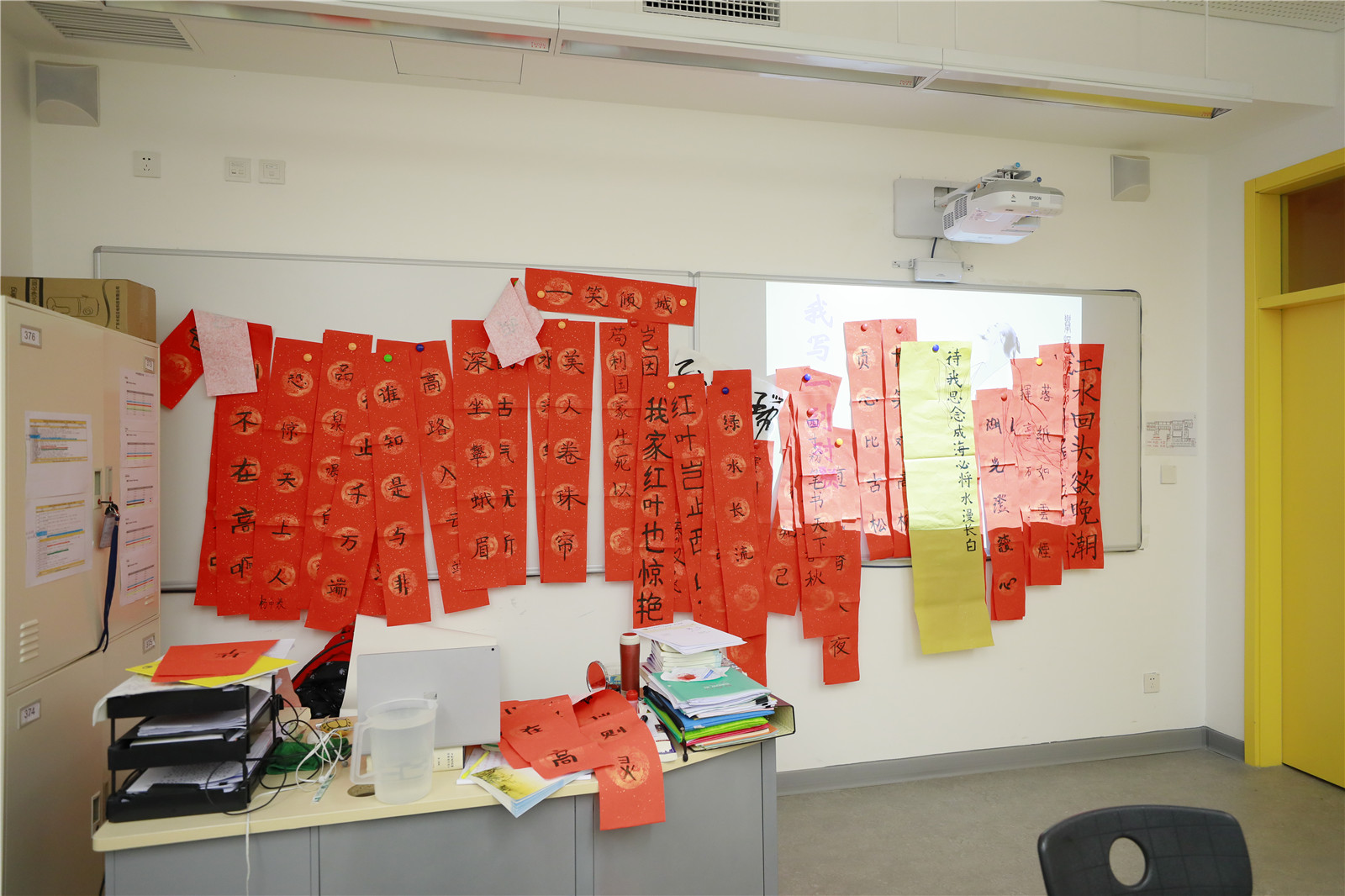
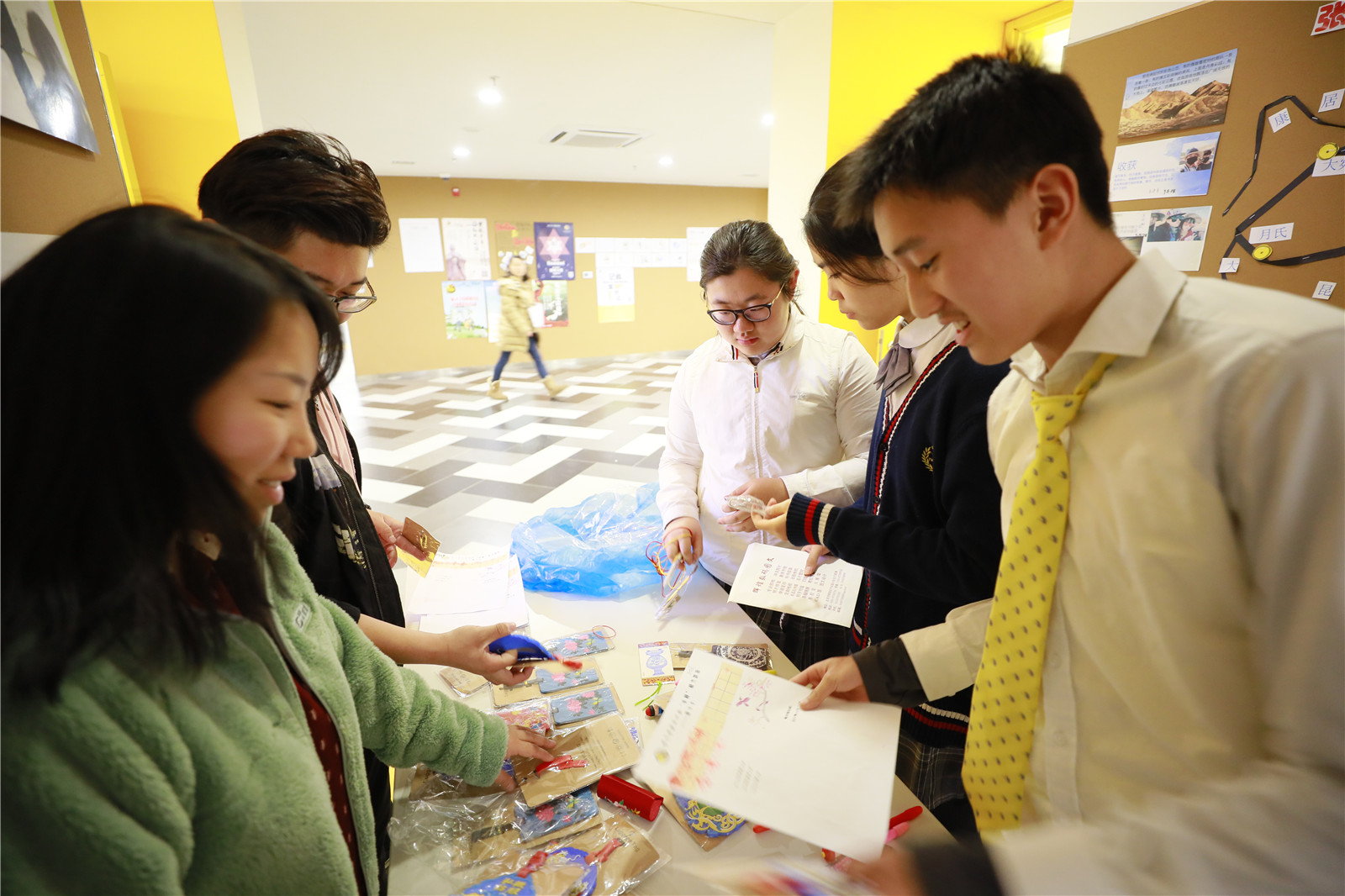
Activity 1: Writing Chinese Couplets
Teacher Zhu Yongdan, host of this activity, said many of the students had not learned any professional soft-brush calligraphy skills. This activity has activated the children’s love of Chinese characters—I am Chinese, I can write Chinese characters, and I can use this traditional way to express myself.
Through this activity, the students have come to know the ancient styles of traditional Chinese characters and experienced the charm of soft-brush calligraphy. This has effectively increased their knowledge, improved their abilities to appreciate calligraphy art, and cultivated their aesthetic literacy.
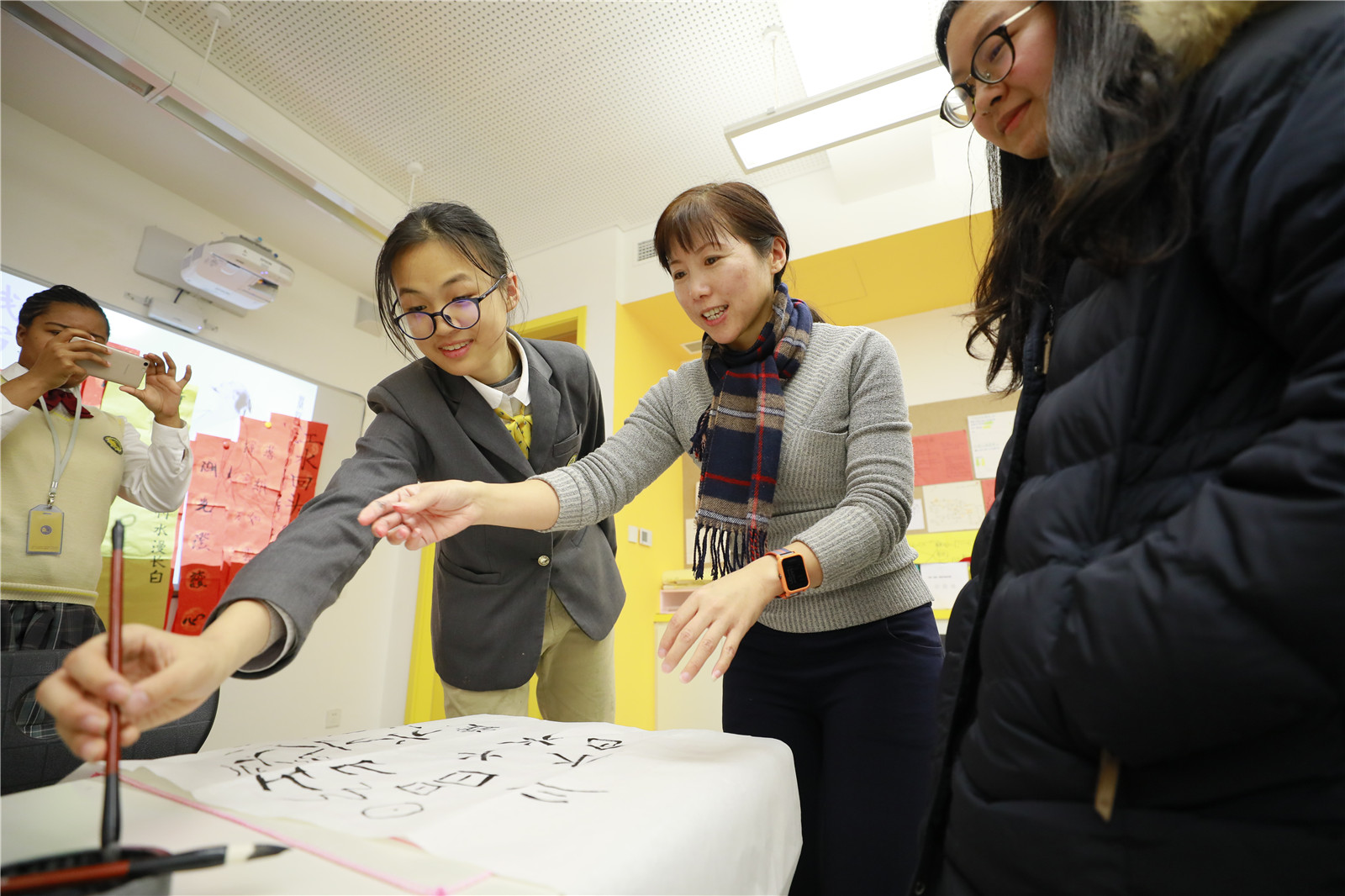
Activity 2: Finding Answers to Questions
The students were required to draw three slips randomly from the box and answer the questions on the slips independently. They would get three stamps if they answered the three questions correctly. The students were very passionate about this game. When a student had answered a question correctly, the watching classmates would give him/her a big hand.
This activity has stimulated students’ interest in literature and culture. They have all determined to expand their knowledge in the Chinese language and Chinese and foreign literature to improve their literary literacy.
Teacher Bao carefully designed each of the questions on classic Chinese and foreign literature.
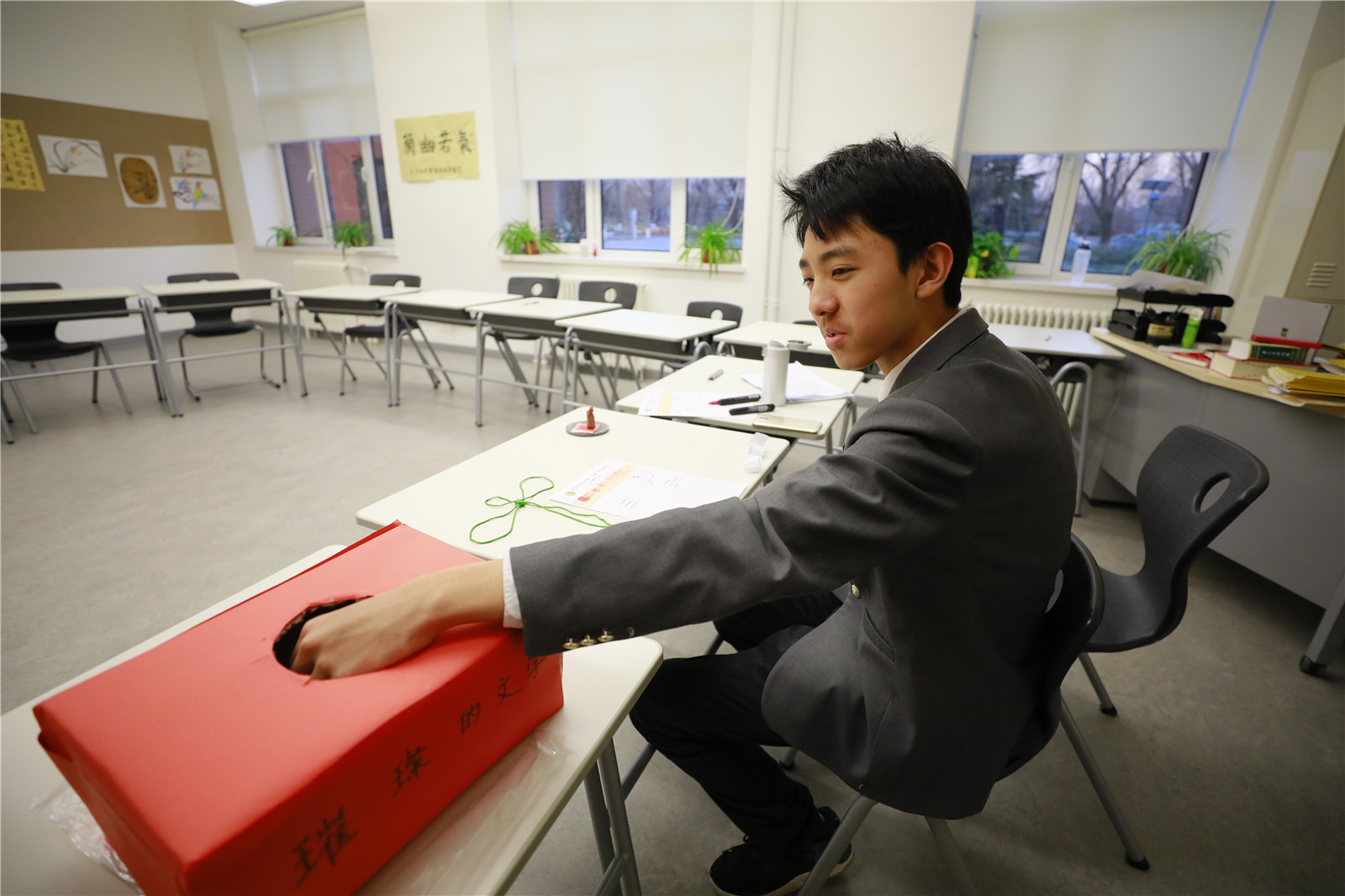
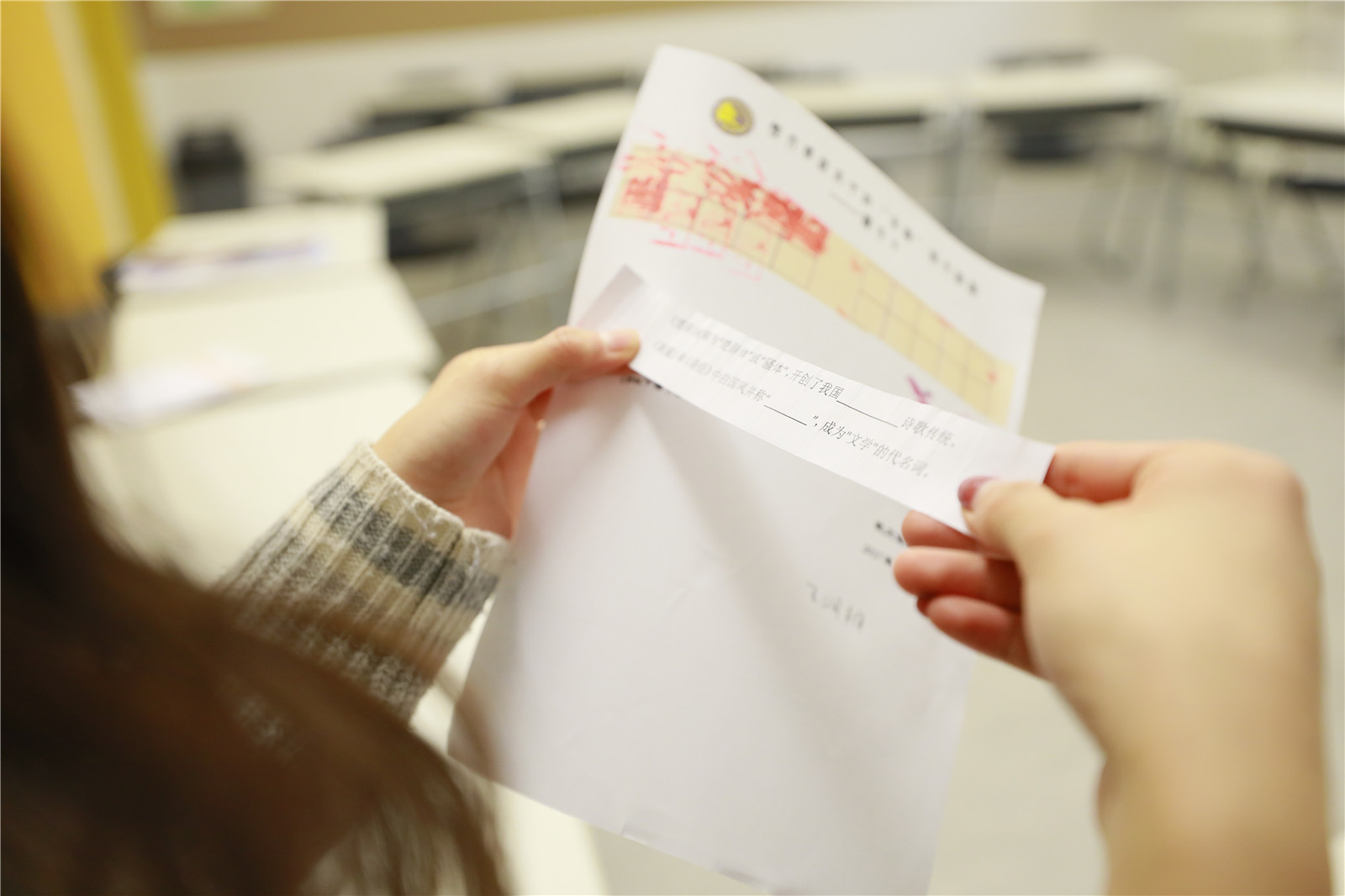
Activity 3: Capturing Spontaneous Moments
The students were required to pay attention to people, scenes, and objects in life and capture beautiful or touching moments with a camera.
The students would then put these photos in a photo frame with a meaningful title and poem.
The students loved this activity very much. It was gratifying that most of the students wrote their own poems, which was exactly what the teacher wanted to achieve. The poems had various styles: some had an ancient style and far-reaching meaning; some were romantic, elegant, and very sentimental; some were simple, honest, and natural; and still some were graceful, low-key, and profound.... They were really colorful and pleasing to the eye.
Teacher Zhang Kun, organizer of this activity, offered on-site instruction to students with regard to determining theme and coordinating the photos and poems. This activity developed the children’s potential and creativity in fine arts and literature.
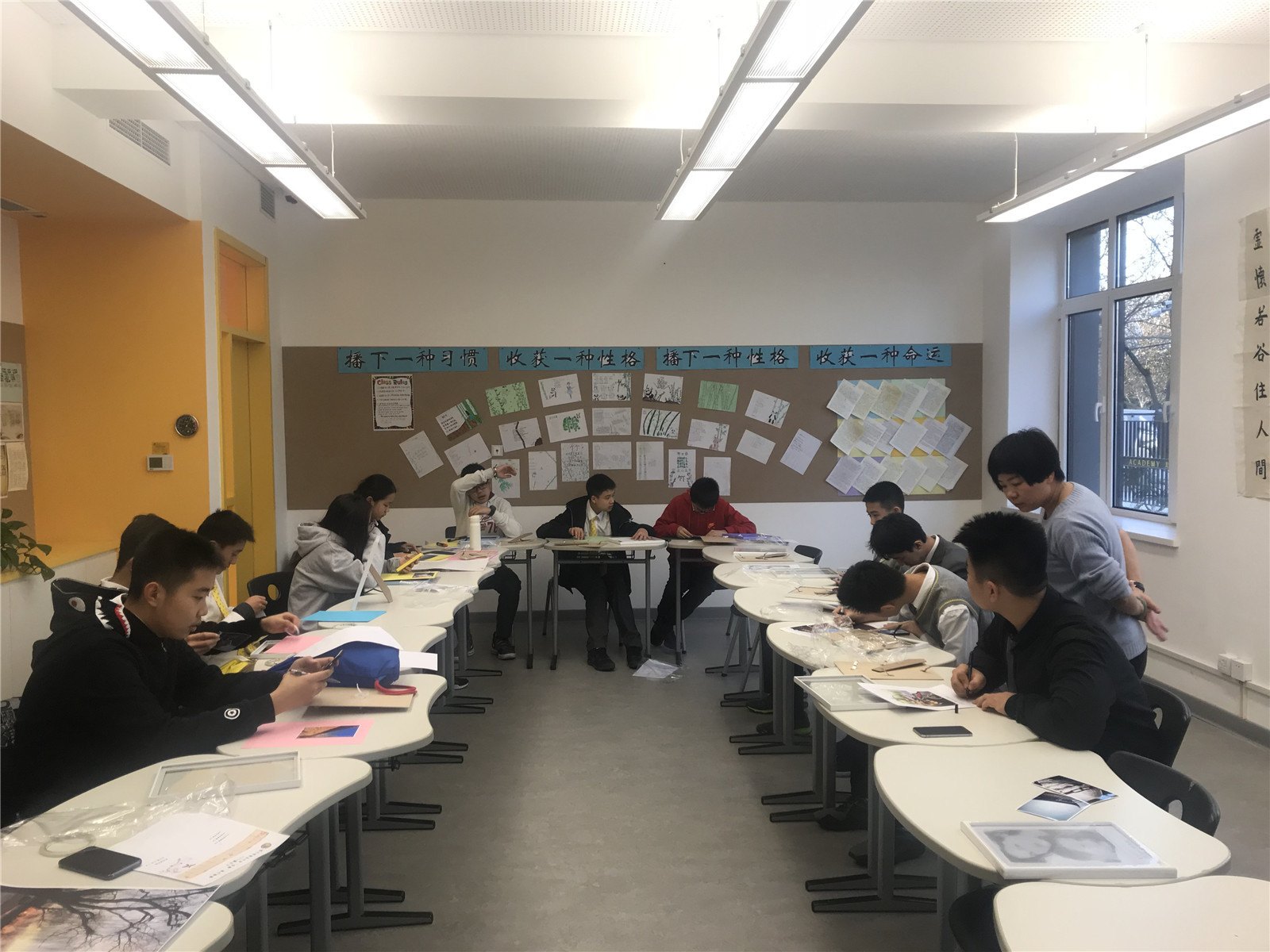
Activity 4: Making Chinese Knots
Under the guidance of teacher Kang Jie, senior high school students learned how to make Chinese knots such as Auspicious Knots, Figure-eight Knots, and Diamond Knots. They used threads of different colors to create colorful Chinese knots. Those students with strong hands-on abilities acted like “little teachers” and volunteered to instruct their classmates nearby to make the knots.
Olivia, a foreign student, studied the knotting skills seriously and shared her experience with Chinese children around her. “No practice, no gain in one’s wit.” Through the practice, the students came to realize how very important patience and carefulness are for making handicrafts. They also had a better understanding of the painstaking efforts that the word “craftsman spirit” implies.
At the end of the activity, everyone walked away holding a Chinese knot, which they had worked on so hard. Olivia specially selected a bright pink for her Chinese knot, saying that she would make an auspicious knot for each of her family members.
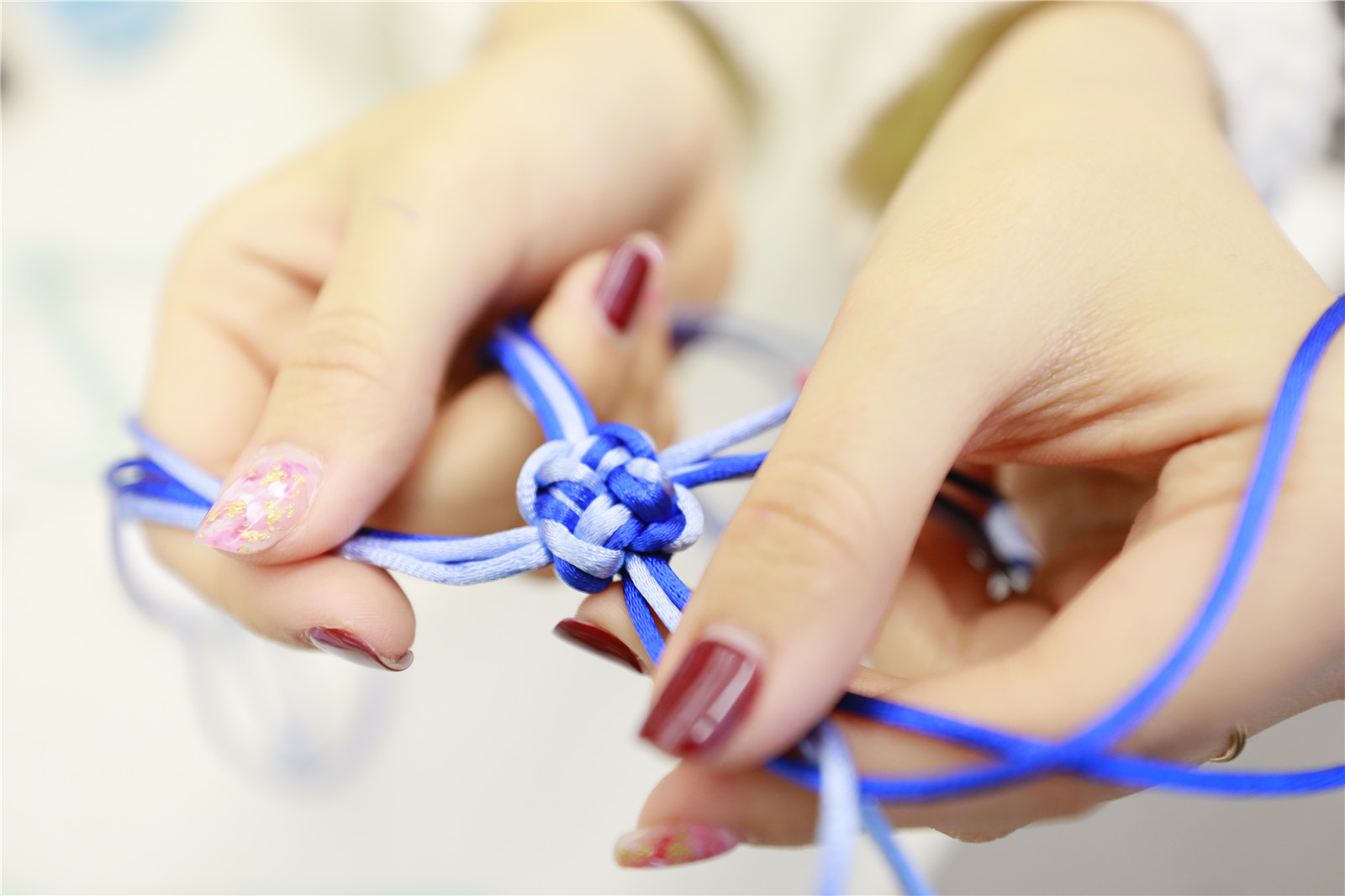
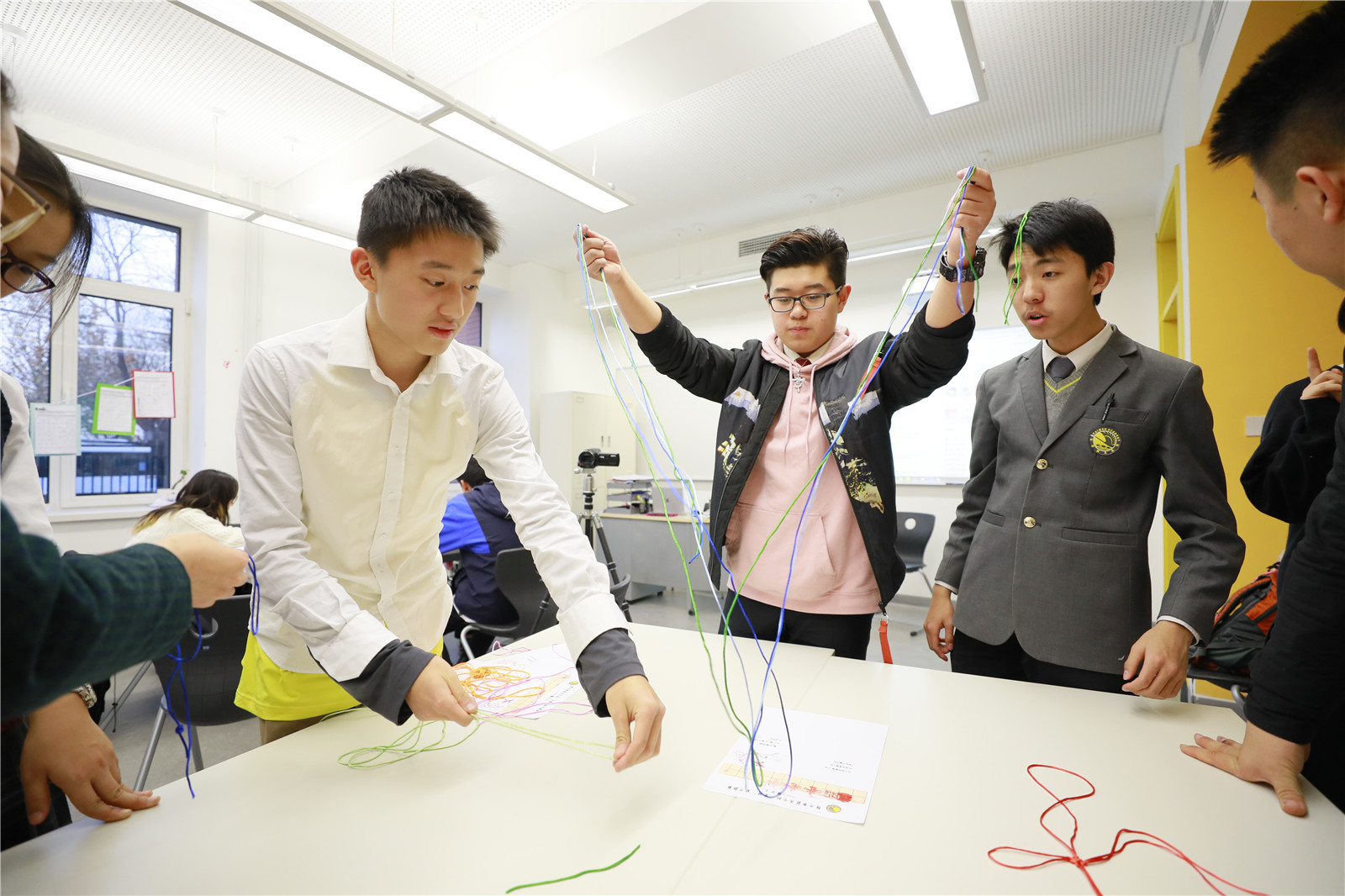
Postscripts
The national Chinese curriculum standards for senior high schools state: “The realization of cultural inheritance and understanding is an important part of the core requirements for Chinese-language courses and one of the important indicators for the formation and development of a student’s Chinese language literacy.” Real life experiences and interesting games can facilitate cultural inheritance and understanding. More importantly, in a relaxed and interesting environment, the students may take to cultural traditions more easily and naturally. Even if their work is not perfect and the process is immature and simple, the effect of such activities will show itself in the long run. These activities have also highlighted the essence of Kaiwen’s education—holistic education.